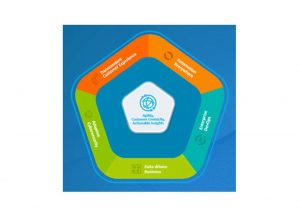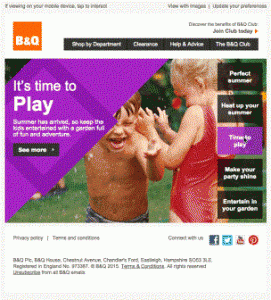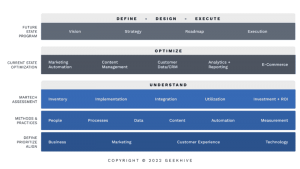
Email marketing is potentially quite rewarding, an effective way to stay in contact with clients and with leads. As with anything, though, it takes some strategy and foresight if you want to steer clear of major obstacles—and as far as email marketing goes, the most major obstacle of all is the spam filter.
Simply put: People won’t like receiving low-value, spammy emails, which is why most email programs have sophisticated algorithms to detect spam and send it directly into a separate folder—keeping inboxes clean and uncluttered. That’s good news for email users but bad news for marketers, whose well-intentioned emails may inadvertently run afoul of these spam filters.
So what can you do to keep your emails in inboxes, where they belong? Keep reading for a few practical tips.
How to Avoid Getting Your Emails Flagged as Spam
To keep out of the way of those spam filters, here’s what we recommend:
Don’t buy an email list. If you’re sending emails to people who didn’t ask for them, it’s likely that they’ll flag your messages as spam. Only send marketing emails to customers who actually opt in to your email list.
Avoid conventionally “salesy” language. Spam filters will weed out any emails that seem like they’re strictly selling something—so using subject lines with “sale” or “free” can get you in trouble. Likewise, “30% off” and all-caps subject lines are destined to get your emails discarded. Focus on providing real information and value, and describing the email contents in non-salesy terms.
Don’t send image-only emails. While some images are fine, you also want to include text. Why? Some spammers have tried to use image-only emails to outsmart spam filters, so messages that only contain images may be discarded automatically.
Provide options for unsubscribing or for receiving fewer emails. Again, if you want to avoid getting your emails flagged as spam, it’s smart to allow readers some say in the emails they receive.
Segment and personalize your emails. The more specifically you can target your message to a particular audience, the more likely it is that people will want to read it rather than mark it as spam.
Digital & Social Articles on Business 2 Community(91)







